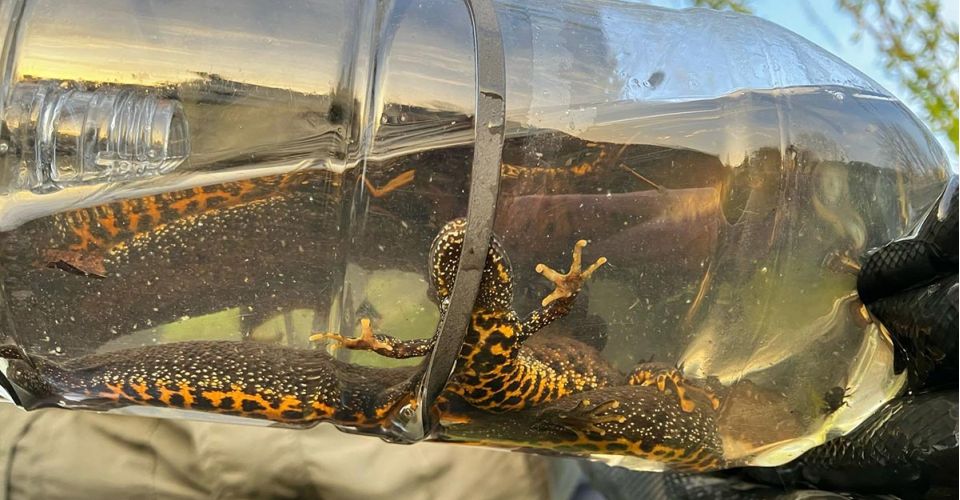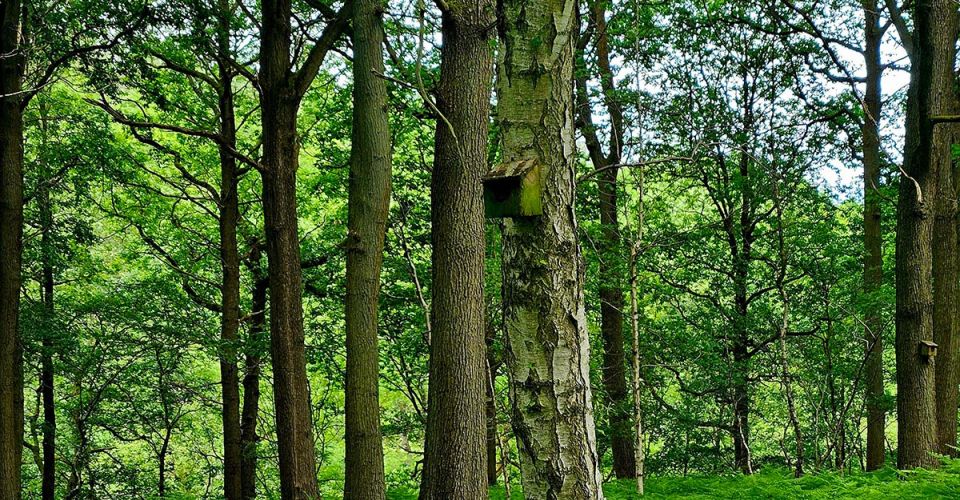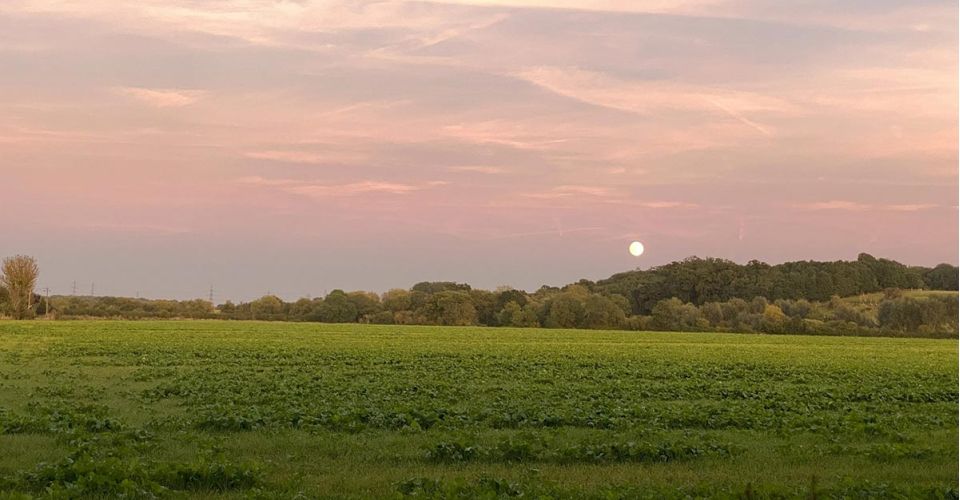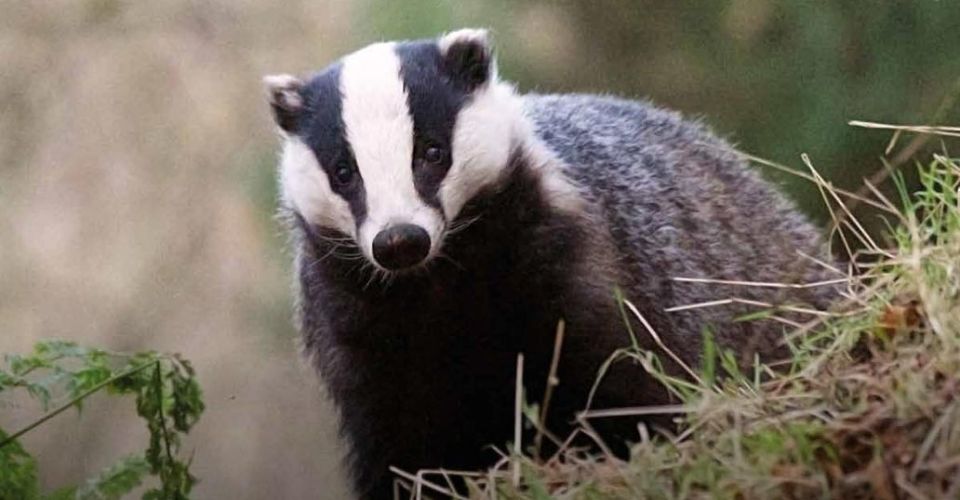A Guide to Biodiversity Banking

What is biodiversity net gain and why is it important?
Biodiversity net gain is the name given to the process of ensuring any development project mitigates the loss of biodiversity through either enhancing diversity on-site, or creating new habitats that offer biodiversity value. The value of a site is calculated using a biodiversity metric to determine the suitability of a site.
Developers and licenced ecologists will consider whether existing habitats can be enhanced, or research into new habitats of greater biodiversity value. Should the development site be found unsuitable for increasing biodiversity, then alternative locations are found that can provide opportunities to increase biodiversity value. ‘Net gain’ is achieved when a development offers more biodiversity value after completion than pre-development.
Read our guide on biodiversity net gain for more information.
How does the environment Act 2021 affect biodiversity net gain for developers?
The Environment Act 2021 supports a concept mandated for most planning permissions which require a minimum of a 10% increase in biodiversity value, calculated using a biodiversity metric calculation after development. This is compared to the pre-development biodiversity value, thus resulting in a net gain. This means that from late 2022 and into 2023, all new developments must, by law, have a mitigation plan in place to offset any habitat loss.
The bill was given royal assent on November 9th 2021. This Act of Parliament will now begin a transition period of two years before this becomes law. The mandatory 10% net gain means developers and landowners will have to consider biodiversity net gain in early plans to ensure a gain is achieved on site or through biodiversity offsetting.
If you require an ecologist to assist you with your development, speak to our team about our biodiversity net gain services.
How Government calculates Biodiversity unit value
The biodiversity value of land is calculated using a biodiversity metric. This metric measurement, or amount of net gain, is expressed as ‘biodiversity units’. Units can then be sold to developers who need to deliver net gain away from their development site.
Biodiversity units are used to:
- Assess the biodiversity unit value of an area of land
- Demonstrate biodiversity net gains or losses in a consistent manner
- Measure and account for direct impacts on biodiversity
- Compare proposals for a site
- Create or enhance habitats onsite or offsite
There is no fixed price for biodiversity units; they can cost from £11,000 to over £40,000 plus depending on the location and circumstance.
Biodiversity banks refer to areas of land with biodiversity value; they are often woodlands, scrub. or water features, and ideally, buffer existing habitats of high biodiversity value. Areas that fit within the local nature recovery strategy also offer great potential. Low productivity arable land offers good value and opportunity.
What is biodiversity banking?
Biodiversity or offset banking makes it possible for developers to turn biodiversity into an asset. The system of credits and debits is devised to ensure that ecological loss, particularly to high value habitats such as woodlands, wetlands and streams, is compensated by the preservation of natural habitats, including restoration in other areas. Biodiversity banking presents a way to offset the loss of a development project and compensate.
The value of a bank site
The value of a bank is defined in compensatory mitigation credits. The instrument is the terminology used to refer to the agreement between developers, land owners, and regulators (i.e. local authority).
The biodiversity metric can be used by:
- Ecologists or developers carrying out a biodiversity assessment
- Developers who have commissioned a biodiversity assessment
- Planning authorities who need a metric to interpret how to achieve biodiversity net gain for a planning application
- Landowners and managers who need to provide units to mitigate any current developments
Biodiversity units are a great tool to help landowners and developers design, plan and make land management decisions that take better account of biodiversity. Ecological consultation should always be taken in conjunction with these plans to ensure the best possible outcome, from an ecological perspective as well as financial.
The DEFRA (Department of Environment, Food and Rural Affairs) works from a ‘biodiversity metric 3.0’ that comprises four separate components. These components collectively create a score that reflects the quality of biodiversity on a site. These components are as follows:
- Distinctiveness
- Condition of the habitat, be that grassland, heathland, lakes, woodland or urban wetlands
- Strategic significance, based on landscape-scale factors defined nationally and locally
- Habitat connectivity
Therefore:
Distinctiveness x Condition x Significance x Connectivity x Area in hectares (or length in km) = Biodiversity Units of the site.
The credits of these components are multiplied by the length of the site, or the size of the area, to present a biodiversity score.
The risks that are taken into consideration when devising this metric are as follows:
- Spatial risks - the distance of the offset from the site
- Temporal risks - the time it takes for habitats to reach the target condition
- Delivery risks - this refers to the difficulty of habitat creation
These elements are applied to calculate the onsite (and offsite) post-development score:
Post-development biodiversity units = Distinctiveness x Condition x Significance x Connectivity x Area in hectares (or length in km) / Spatial x Temporal x Delivery risks.
If you are unsure how to approach defining the biodiversity value of your development and need help achieving your biodiversity net gain, contact us today and our team of licensed ecologists will be able to guide you every step of the way.





